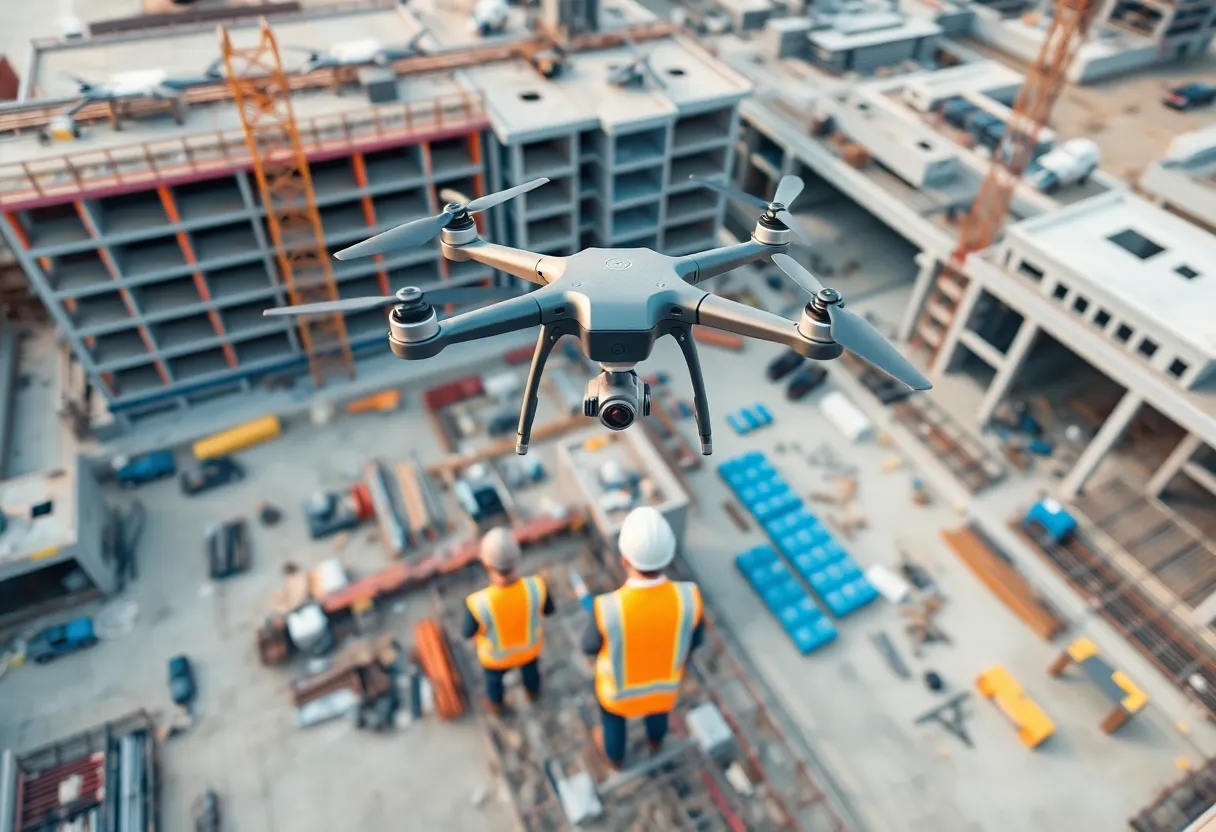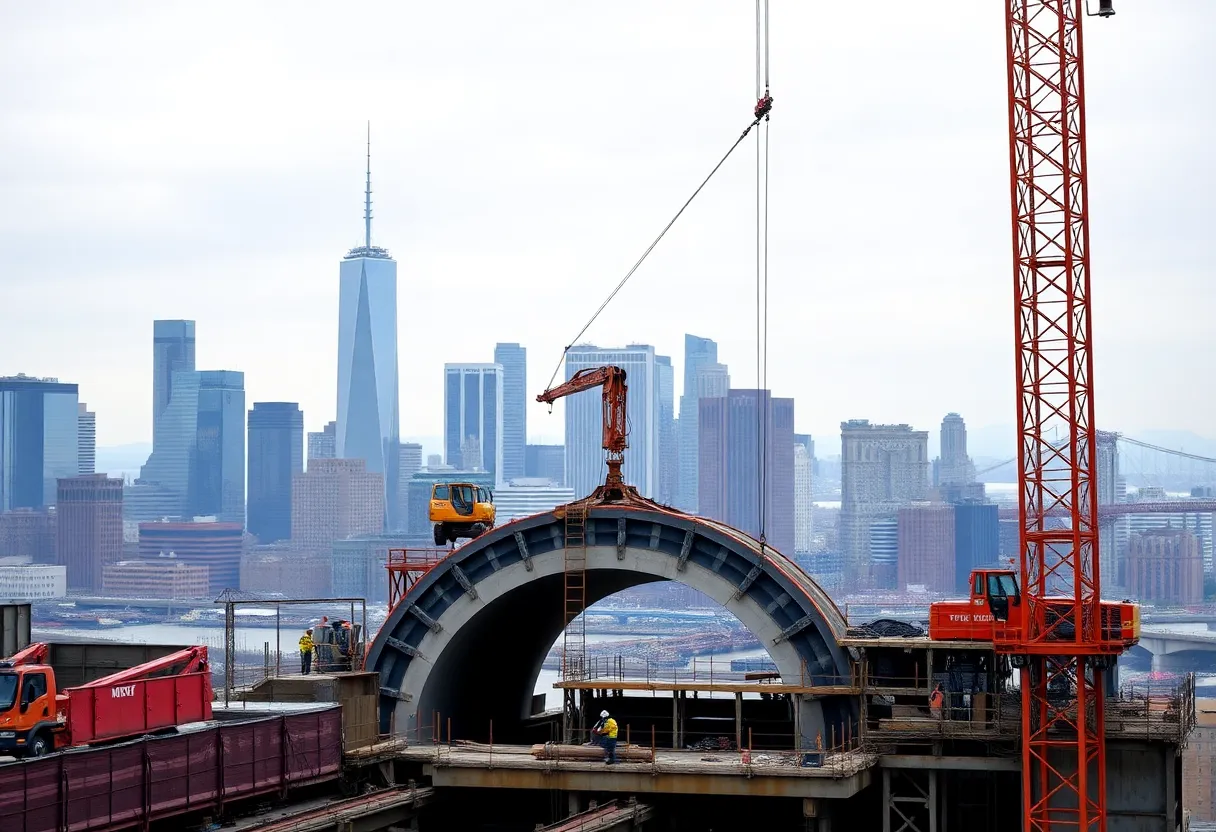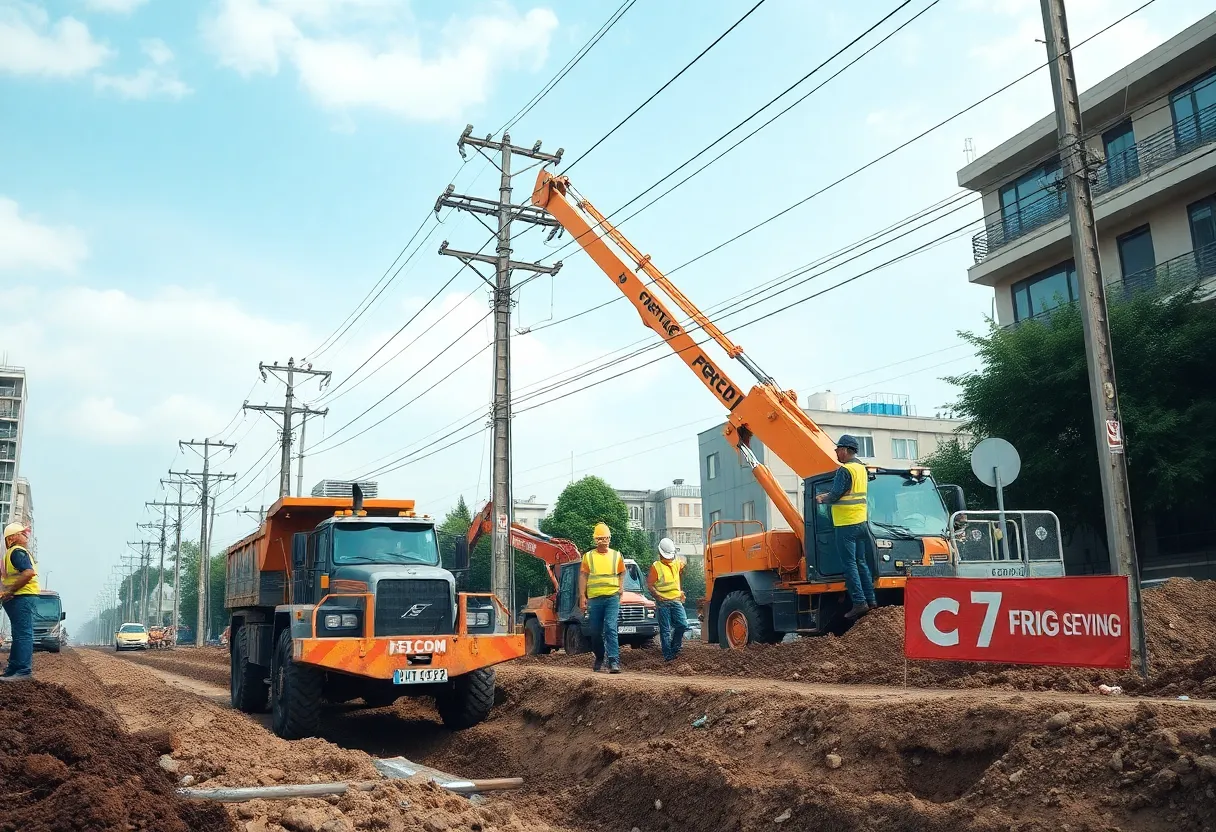News Summary
The remote construction market is projected to grow from USD 1.45 billion to USD 6 billion by 2035, driven by digital transformation and labor shortages. Key advancements in remote construction technologies, such as real-time monitoring and virtual project management, are enhancing efficiency and safety. As global infrastructure demand increases, the adoption of cloud-based platforms, drones, and IoT sensors is expected to streamline communication and improve workforce management. This transformation is paving the way for a sustainable future in construction, prioritizing safety and resource optimization.
Remote Construction Market Projected for Major Growth
The remote construction market is set to experience substantial growth, climbing from an estimated worth of USD 1.45 billion in 2025 to an impressive USD 6 billion by 2035. This significant surge reflects a compound annual growth rate (CAGR) of 15.2% over the next decade, indicating a strong shift in how construction projects are planned and executed.
Factors Driving Growth
The rapid expansion of the remote construction industry is primarily driven by digital transformation, continuous labor shortages, and an escalating demand for cost-effective construction solutions. As the construction sector adapts to modern challenges, technology is becoming a fundamental tool for enhancing efficiency and sustainability.
Technological Advancements in Remote Construction
Innovative technologies such as real-time monitoring, remote collaboration, and virtual project management are redefining the construction landscape. These tools are essential for optimizing project planning, execution, and ongoing maintenance, ensuring that projects stay on track and within budget.
Infrastructure Demand Fuels Innovation
The growing need for global infrastructure development is also contributing to the rising interest in flexible, technology-driven construction solutions. By employing remote construction tools, stakeholders can gain instant access to site data, progress updates, and resource statuses from any location, thereby enhancing operational efficiency.
Key Technologies Shaping the Market
Central to the evolution of remote construction are several key technologies, including cloud-based platforms, drones, 360-degree imaging, and IoT sensors. These advancements facilitate real-time project visibility, which not only minimizes risks but also optimizes resource allocation and improves responsiveness throughout the construction lifecycle.
Enhancing Communication and Safety
Remote construction platforms foster seamless communication among distributed teams. Features such as video conferencing and document sharing further enhance collaboration, ensuring that all members are informed and synchronized. In addition, wearable devices, AI cameras, and environmental sensors allow for effective monitoring of construction safety protocols, which is vital for compliance with safety regulations.
Improving Workforce Management
Digital tools are also revolutionizing workforce management. With features like digital time tracking, task assignments, and performance dashboards, construction companies can streamline labor planning, making it easier for managers to oversee operations efficiently.
The Role of Drones and Robotics
Drones and robotics play indispensable roles, particularly in site surveys, structural inspections, and thermal imaging. These technologies significantly enhance the accuracy of data collection, which is crucial for informed decision-making. Moreover, building practices are evolving to integrate Building Information Modeling (BIM) and digital twin technology, allowing for a virtual representation of physical structures.
Streamlining Administrative Tasks
With the digitization of blueprints and documents managed via cloud-based platforms, the administrative burden is reduced, improving document accessibility and workflow efficiency. This transition is particularly benefitting the rise of modular and off-site construction models, which are becoming increasingly aligned with remote construction technologies.
Commitment to Sustainability
The shift towards remote construction also promotes sustainability by enabling better tracking of resource usage, minimizing waste, and lowering carbon footprints. As environmental concerns grow, this aspect of remote construction may become even more vital.
Future Projections
Looking ahead, the remote construction market is expected to benefit from advancements in technologies such as AI, machine learning, and 5G connectivity. These innovations are likely to make construction processes more predictive and autonomous, helping meet the increasing global infrastructure demands while addressing ongoing labor shortages.
In conclusion, as the construction industry continues to evolve, the role of remote construction technologies becomes increasingly crucial in shaping contemporary job site operations and practices.
Deeper Dive: News & Info About This Topic
Additional Resources
- FMI Blog: Remote Construction Market Advancing
- Wikipedia: Construction
- Future Market Insights: Construction Drone Market
- Google Search: Remote Construction Market
- OpenPR: Light Tower Market Outlook
- Encyclopedia Britannica: Drone
- Construction Equipment Guide: Autonomous Construction Equipment Market
- Google Scholar: Remote Construction Technology
- GlobeNewswire: Cloudastructure Expands into Construction Market
- Google News: Construction Technology
Author: Construction NY News
The NEW YORK STAFF WRITER represents the experienced team at constructionnynews.com, your go-to source for actionable local news and information in New York and beyond. Specializing in "news you can use," we cover essential topics like product reviews for personal and business needs, local business directories, politics, real estate trends, neighborhood insights, and state news affecting the area—with deep expertise drawn from years of dedicated reporting and strong community input, including local press releases and business updates. We deliver top reporting on high-value events such as the New York Build Expo, infrastructure breakthroughs, and cutting-edge construction technology showcases. Our coverage extends to key organizations like the Associated General Contractors of New York State and the Building Trades Employers' Association, plus leading businesses in construction and real estate that power the local economy such as Turner Construction Company and CMiC Global. As part of the broader network, including constructioncanews.com, constructiontxnews.com, and constructionflnews.com, we provide comprehensive, credible insights into the dynamic construction landscape across multiple states.





